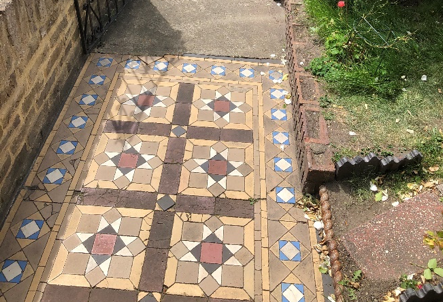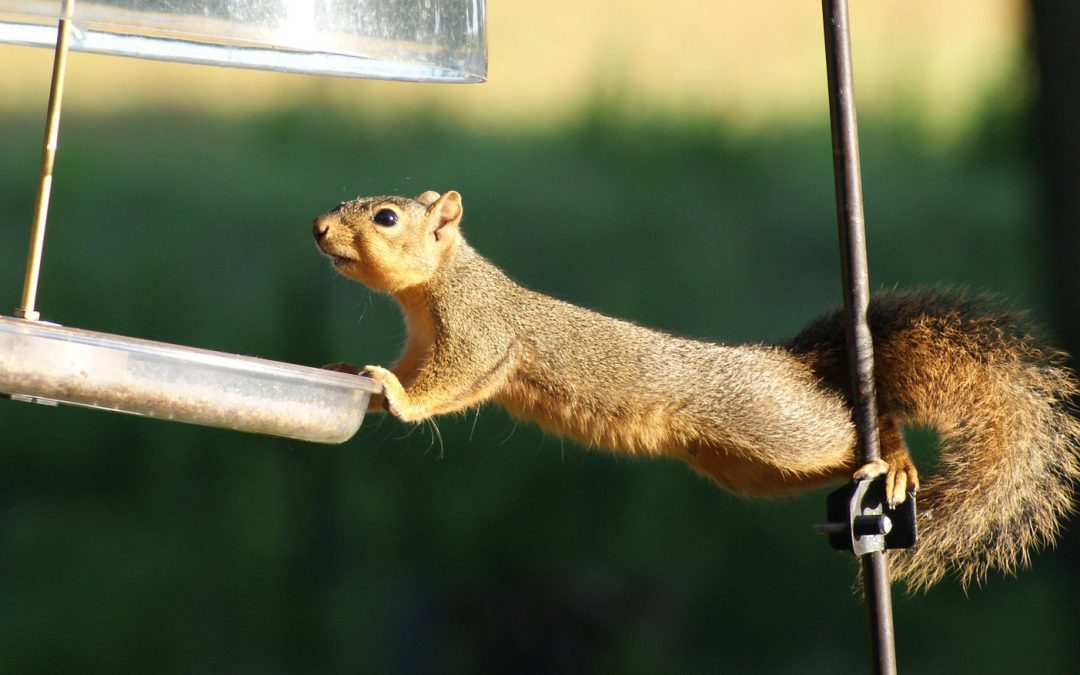Be a squirrel not a bull
Geotechnical • Human resources
Adaptable, innovative and proactive approaches to problem solving have served Ground & Water engineer, Chris Gordon well over the years. In this week’s blog he outlines a couple of examples.
 When your beloved car breaks down at the side of the road, on a miserable Friday afternoon, do you reach for your phone or your toolbox? I am drawn to the latter option, but perhaps that’s my inner engineer trying to escape!
When your beloved car breaks down at the side of the road, on a miserable Friday afternoon, do you reach for your phone or your toolbox? I am drawn to the latter option, but perhaps that’s my inner engineer trying to escape!
I have early memories from my teenage years, where my brother and I decided it would be an excellent idea to rearrange the furniture in my room; at least until the heavy wardrobe became wedged across the door blocking any chance of escape. Whilst my brother went into a state of panic and began ramming the wardrobe like a furious bull charging a red flag, I remember searching for a slightly less dramatic solution. I found a 30cm steel ruler and placed it underneath the legs of the wardrobe. Feeling rather accomplished, I was able to simply slide the wardrobe along the ruler, much to the annoyance of my rather dishevelled younger brother. The key message here is: utilising your ability to adapt and innovate to solve a problem, enables you to develop tangible solutions from an otherwise stressful situation.
It takes a unique set of skills to be truly successful in the challenging world of environmental and geotechnical consulting. As the supervising engineer, it is your responsibility to ensure the ground investigation runs smoothly and the required information is successfully extracted. A lot is at stake: the reputation of the company, the faith of the client and the time and money they have invested.

Sometimes things inevitability don’t quite go to plan and you are faced with a new and unforeseen challenge. This was certainly the case in London recently, at what was meant to be a simple ground investigation for a proposed basement extension, to an existing end of terrace residential property. The client had a strict budget and time critical agenda as the planning approval deadline was looming. This was the type of project where things needed to happen relatively systematically from the outset. The proposed site works comprised a 10m cable percussive borehole and a series of five hand dug trial pits to expose existing foundations and party wall structures, to inform the third party structural engineers tasked with the final basement design.
 A tracked Windowless Sampler rig was selected for the job on the basis that access was restricted to the narrow front garden entrance, which the rig could just clear. In the vicinity were a number of mature trees and domestic services. It was agreed that an area of soft landscaping adjacent to the pathway leading to the front door would be the most suitable for the borehole as it was the location of a proposed lighting shaft for the basement. Having successfully manoeuvred the rig through the narrow entrance gate, past the overhanging trees, it quickly became obvious that a low-lying brick wall stepping up onto the garden area, would prevent it from turning. Unable to get it into position and with many of the default solutions intangible, changing location was limited to the garden path, which risked damaging the path and domestic services below it. Removal of the wall would have incurred additional time and cost to both demolish and reinstate it, it was looking like we were running out of options. But the geotechnical and environmental information of ground conditions the borehole would provide, was critical to the investigation.
A tracked Windowless Sampler rig was selected for the job on the basis that access was restricted to the narrow front garden entrance, which the rig could just clear. In the vicinity were a number of mature trees and domestic services. It was agreed that an area of soft landscaping adjacent to the pathway leading to the front door would be the most suitable for the borehole as it was the location of a proposed lighting shaft for the basement. Having successfully manoeuvred the rig through the narrow entrance gate, past the overhanging trees, it quickly became obvious that a low-lying brick wall stepping up onto the garden area, would prevent it from turning. Unable to get it into position and with many of the default solutions intangible, changing location was limited to the garden path, which risked damaging the path and domestic services below it. Removal of the wall would have incurred additional time and cost to both demolish and reinstate it, it was looking like we were running out of options. But the geotechnical and environmental information of ground conditions the borehole would provide, was critical to the investigation.
The solution was to source a hand-held Windowless Sampler rig, which could be assembled at the desired position. This was not chosen initially as this type of rig is not usually cost effective and less capable of penetrating through the underlying granular strata and London Clay bedrock, compared to a heavier fixed rig. However, it quickly became a tangible solution, giving its relative ease of accessibility and versatility. The client was not in a position to cover any additional costs or time delay, that sourcing a different rig on a later day would normally incur and I empathised with this, sharing his frustration. Fortunately, we were able to share the use of the hand-held rig, which was in operation on another nearby site the very next day. The rig was charged on a day rate and was used on the two sites on the same day, therefore no additional charges were incurred by the client and the programming was delayed by only 24 hours. The client was very grateful for our proactive approach and the quality of communication throughout the process. The site works were successfully completed and delivered on budget and in good time. And the Grade II listed garden wall and tiled pathway remained fully intact. All thanks to the ability to adapt, a smattering of innovative thinking and the will to get the job done!

